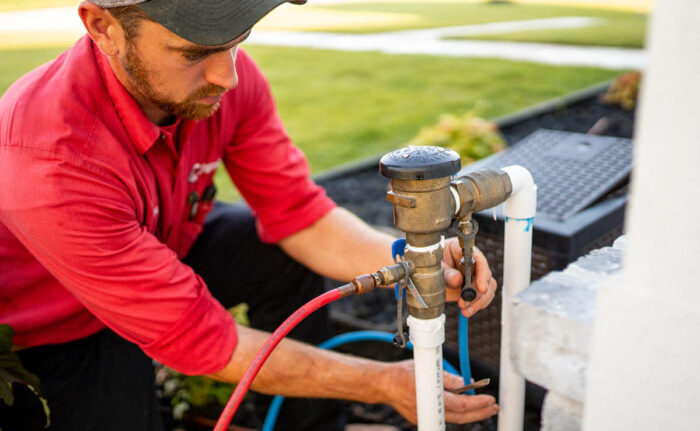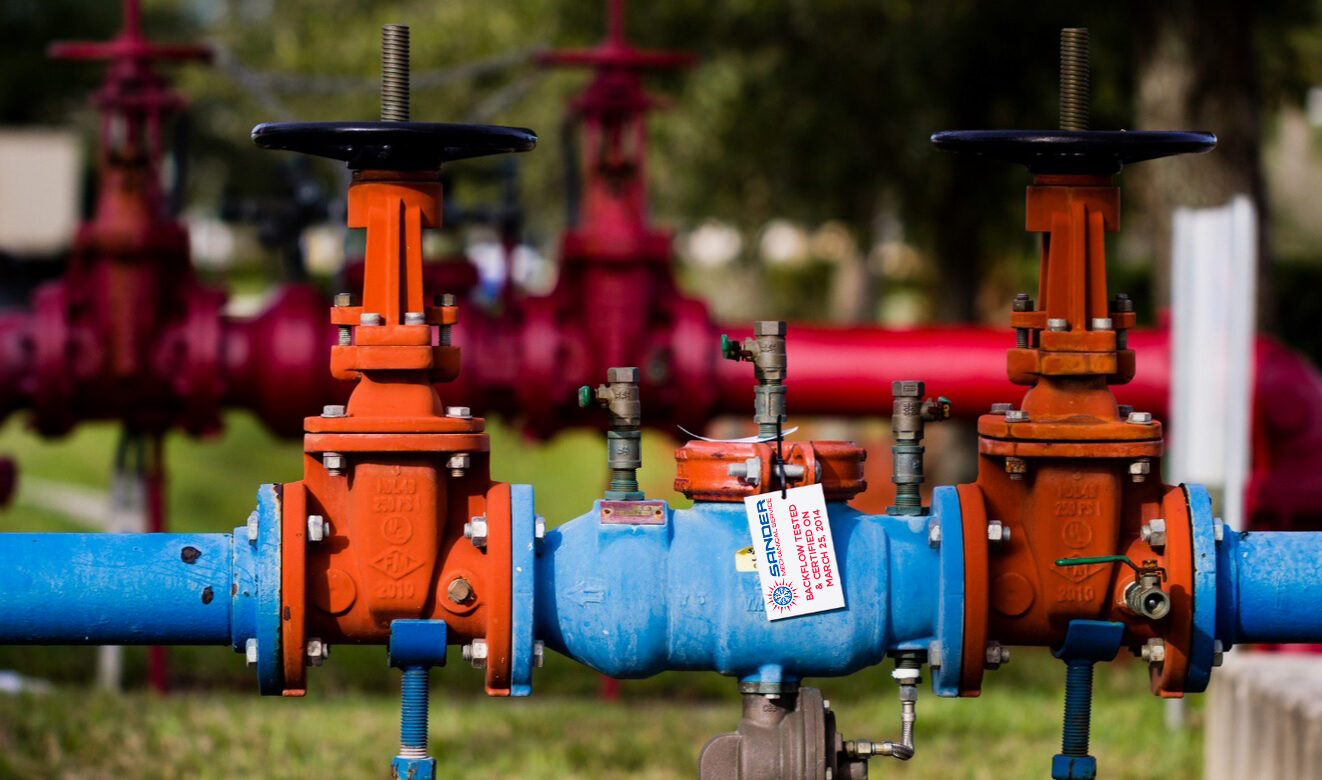Do Backflow Testing Required for My Water?
Do Backflow Testing Required for My Water?
Blog Article
They are making a few good pointers relating to Backflow Prevention as a whole in this great article directly below.

Yes, you need to backflow test your house's supply of water to make certain that the water is free of toxins and harmful levels of chemicals. You must not attempt to perform backflow testing on your very own because of the tools required and area for mistake. We suggest that you call a professional plumber every couple of years to test your water.
What is Heartburn?
Basically, backflow is when water moves upwards-- the opposite instructions in the plumbing system. This is also referred to as "backpressure." When the water moves in this direction, it can blend with hazardous contaminants and pose a danger.
What Causes Heartburn?
A typical reason of heartburn is a loss of water stress that causes the water to siphon back into the water supply. After some time, there is a loss in water stress as well as the tube starts to suck the water back into the water supply. As you can think of, there are now chemicals from the paint that are getting in the water supply, possibly positioning a hazard.
Heartburn Testing is Needed by Legislation in Specific Cities
Depending on where you live, you may in fact be called for by legislation to backflow examination your regulation. Iowa City keeps a document of all residential properties served by the city's water supply.
You Can Prevent Backflow
The primary objective of a heartburn device is to prevent water from flowing backwards right into your water supply. Plumbing professionals install the tool on the pipelines in your house to ensure that the water just moves in the correct instructions.
Backflow Can Influence Both You and Your City
Several cities develop heartburn guidelines due to the fact that dangerous backflow can affect the general public water supply in addition to a single building. The good news is, contemporary cities have backflow tools in position that shield the supply of water that comes from a lot of homes and business homes. The genuine risk comes from irrigation systems, which can damage the water supply with harmful plant foods, manure, and also other chemicals.
Call a Plumber to Examine for Backflow Prior To It is Far too late
A plumbing firm can rapidly test your home's water to figure out if there are any kind of unsafe chemical levels. And if you do uncover that your water has high degrees of toxic substances, a plumber can quickly install a heartburn avoidance tool.
Yes, you need to backflow test your residence's water supply to guarantee that the water is cost-free of contaminants as well as harmful degrees of chemicals. A normal reason of backflow is a loss of water stress that creates the water to siphon back into the water supply. After some time, there is a loss in water pressure and the pipe starts to draw the water back right into the water supply. The primary objective of a heartburn device is to stop water from streaming backward into your water supply. Numerous cities develop backflow standards since harmful backflow can influence the public water supply in enhancement to a single building.
Why You Need Backflow Testing
Backflow Testing
How important is it to keep your potable water and wastewater separate? The consequences of wastewater contamination can be severe, leading to numerous diseases and public health hazards. It’s important for the health of your family that you keep your plumbing in good condition and safe from the dangers of backflow.
The drinking water in your plumbing is pressurized, but the wastewater is not; it instead moves through gravity and ventilation. The design of plumbing, with different pressure areas, is what prevents cross-contamination between wastewater and potable water. A drop in water pressure can cause wastewater to flow into the potable water pipes through back-pressure. A plumber can install a backflow preventer at a strategic point to prevent this from occurring. There are other sources for backflow trouble: any faulty cross-connections—such as bypasses, jumper connections, or change-over devices—can lead to backflow.
Backflow testing is an important procedure to discover out how best to prevent contamination in your water supply. A proper test can identify the type and location of backflow preventer to help keep your fresh water clean. After a backflow preventer is installed, you should still schedule yearly testing to see that the device is working correctly.
Testing is a basic procedure for professionals: they connect a testing kit to the backflow preventer, shut off the water downstream from the device, and check that the preventer is working correctly. Because the backflow preventer is installed outside your house, you do not need to be home for the test.
https://www.tuckersac.com/blog/plumbing-service/why-you-need-backflow-testing/

As a fervent person who reads about Is backflow testing necessary?, I assumed sharing that post was a great idea. If you please take the opportunity to promote this post if you enjoyed it. I am grateful for your time. Kindly come visit our site back soon.
Click For More Info
Report this page